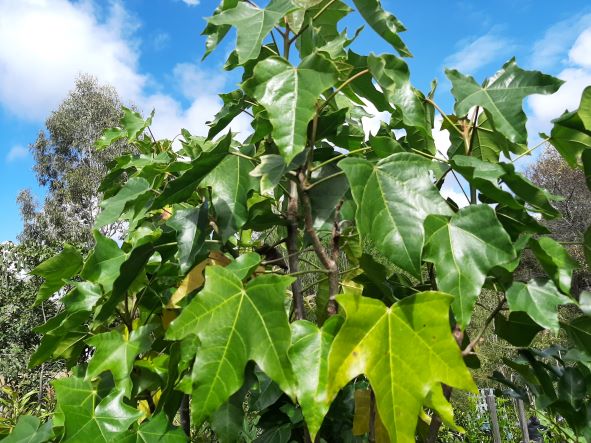These candlenut trees are in various sized bags standing at different heights.
I have taller ones & at times small ones as well as nuts 4 sale.
Most of the candlenut trees I have currently are 2-3 metres tall in large grow bags
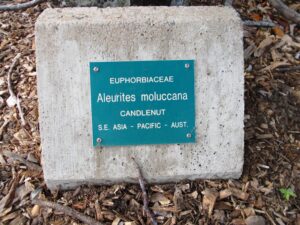
What is Candlenut?
In Hawaii the Candlenut tree is a symbol of enlightenment, protection and peace. Candlenut was considered to be the body form of Kamapua’a, the pig god.


One of the legends told about a woman who, despite her best efforts to please her husband, was routinely beaten. Finally, the husband beat her to death and buried her under a kukui tree. Being a kind and just woman, she was given new life, and the husband was eventually killed.
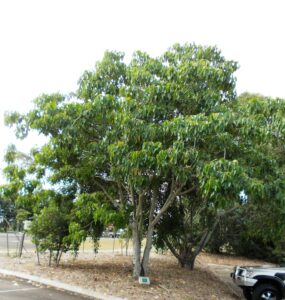
Candlenut trees are native to the tropical northern rainforests of Australia, the Moluccas Islands, Malaysia, and are found on many islands in the South Pacific.


The botanical name Aleurites is derived from the Greek word for ‘floury’ in reference to the silvery, powdered appearance of its young leaves.
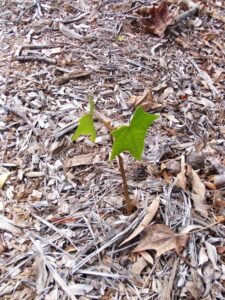
The common name is derived from the tradition of making a crude candle by threading the midrib of a palm leaf through the raw nut like a wick and lighting it. Due to the high oil content in the nut this device will burn like a candle.

Candle nuts have been used in the manufacture of paints, varnish and soap, and the oil extracted for lamp oil.

Roasted candle nuts have been a source of food for the Australian Aborigines and other Pacific peoples.
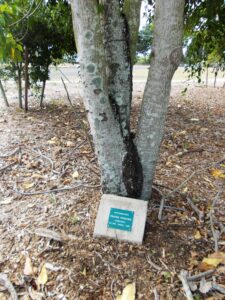
Candle nuts are cream-colored, soft, oily seeds within a hard-shelled nut which comes from a tropical tree related to the castor-oil plant.

The nut is similar (though “rougher”) in flavor and texture to the macadamia nut, which has a similarly high oil content. It is mildly toxic when raw.

Like many members of the Euphorbia family, the fresh nut is toxic, losing its toxicity on roasting or cooking. Uncooked candle nuts have little discernible fragrance and a soapy, bland flavor.

Roasted slivers or shavings of candle nut have a pleasing, nutty, almond-like flavor without the background bitterness characteristic of almonds. The surrounding fruit is not eaten by humans.

After harvesting, the nuts are generally roasted and shelled prior to being sold in the markets of Malaysia and Indonesia.

Due to their high oil content, candle nuts are prone to rancidity, so it is best to buy small quantities and store them in a cool dry place.

As you may not be sure as to whether the nuts have been roasted prior to shelling, be sure to cook them to remove any toxicity before eating.

Cooking with Candlenut

Candlenuts are used in many Asian dishes as a thickening agent, most commonly being found in Malaysian recipes, especially for satay. Candlenuts are best ground up finely before adding to other ingredients.
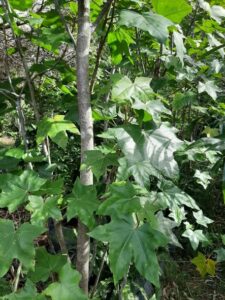
An interesting alternative way to use them is by shaving off slivers, dry roasting them in a pan and then adding the tasty, roasted pieces to curries, satay sauces or sprinkling over the top of rice dishes.

The nut is often used cooked in Indonesian and Malaysian cuisine, where it is called kemiri in Indonesian or buah keras in Malay. On the island of Java in Indonesia, it is used to make a thick sauce that is eaten with vegetables and rice.

Outside of Southeast Asia, macadamia nuts are sometimes substituted for candlenuts when they are not available, as they have a similarly high oil content and texture when pounded. The flavor, however, is quite different, as the candlenut is much more bitter.
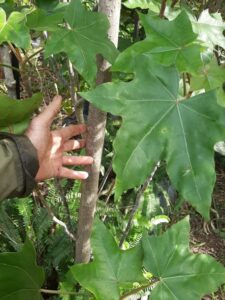
A Hawaiian condiment known as ʻInamona is made from roasted kukui (candlenuts) mixed into a paste with salt. ʻInamona is a key ingredient in traditional Hawaiian poke. Because the nuts contains saponin and phorbol, they are mildly toxic when raw.
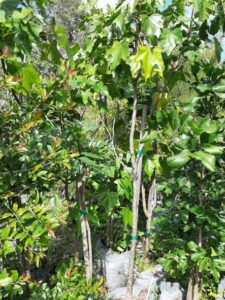
Other Names
kemiri kernels buah keras
BURMESE: kyainthee
INDONESIAN: kemiri.
MALAY: buah keras, kemiri.
PHILIPPINO: lumbang bato
SRI LANKAN: kekuna
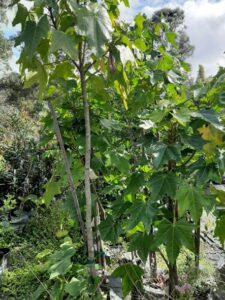
Attributed Medicinal Properties
Some parts of the plant have been used in traditional medicine in most of the areas where it is native. The oil is an irritant and purgative and sometimes used like castor oil.

NOTE ALSO.I HAVE BUYERS FOR THE NUTS WHO EXTRACT THE OIL & MARKET IT TO CHEMICAL COMPANIES.

It is also said that USA companies value this oil as an additive to high end cosmetics
 Any questions or if buying, contact me HERE
Any questions or if buying, contact me HERE
![]()

